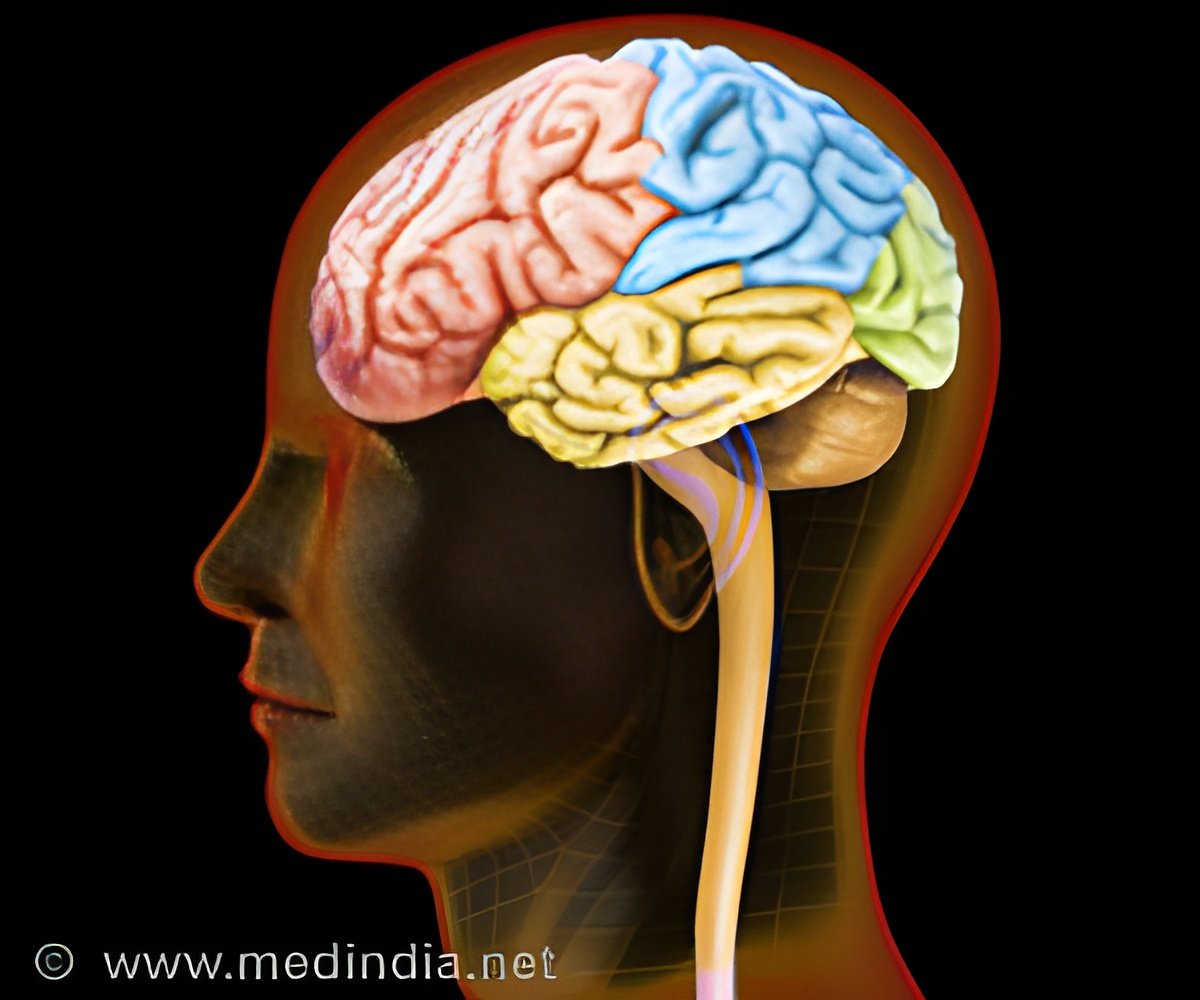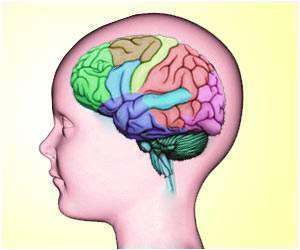A risk of sudden unexplained death in epilepsy, or SUDEP is harbored by patients with epilepsy and, in particular, those with severe syndromic forms of the disorder. Cardiac arrhythmias are a proposed cause. In a test of this theory, researchers have demonstrated that mice harboring a human SCN1A gene mutation that results in Dravet Syndrome (DS), a severe and intractable genetic epilepsy, have electrical disturbances in the heart that culminate in ventricular fibrillation and sudden cardiac death. Their findings, reported today at the American Epilepsy Society (AES) 67th annual meeting, suggest there may be novel strategies aimed at preventing SUDEP (Platform C.02 / abstract 1751046 - Heart Rate Variability Analysis Reveals Altered Autonomic Tone in Mouse Model of Dravet Syndrome).
The investigators used a mouse model of SCN1A-linked DS to conduct their study. SCN1A encodes the sodium channel protein, Nav1.1, which is expressed in both brain and heart. Despite the mutation leading to a loss of function, electrophysiological recordings from juvenile DS mouse heart cells paradoxically showed increased sodium current and a high incidence of abnormal re-excitation. These two elements are known to serve as substrates for the initiation of lethal arrhythmias in the heart. Additionally, DS mice were implanted with radiotelemetry ECG devices for the continuous recording of heart activity throughout the study. The mice were allowed at least 2 weeks for recovery from the implant procedure in order to return to normal function. Analyses of ECG recordings from the mice were then conducted for a period of 2 weeks. In the analyses, recordings of beat-to-beat variability of the DS mouse heart rate were compared to similar recordings from control animals that do not have the syndrome.
Heart rate variability analysis revealed that DS mice do not exhibit basal differences in autonomic nervous system tone. However, data from the cohort of DS mice that died during the study suggest that autonomic disturbances precede SUDEP, and may therefore provide an acute biomarker and substrate for cardiac arrhythmias and SUDEP. "Our study highlights the multifaceted pathophysiology of Dravet Syndrome that includes brain, heart, and autonomic disturbances, and suggests novel therapeutic strategies for interventions to reduce SUDEP in this and perhaps other severe epilepsies," says David S. Auerbach, Ph.D., of the University of Michigan.
/>The NINDS, Epilepsy Foundation, and Dravet Syndrome Foundation sponsored research was conducted by a multidisciplinary team from the University of Michigan and the RIKEN Brain Science Institute in Wako, Japan.
Source-Newswise










